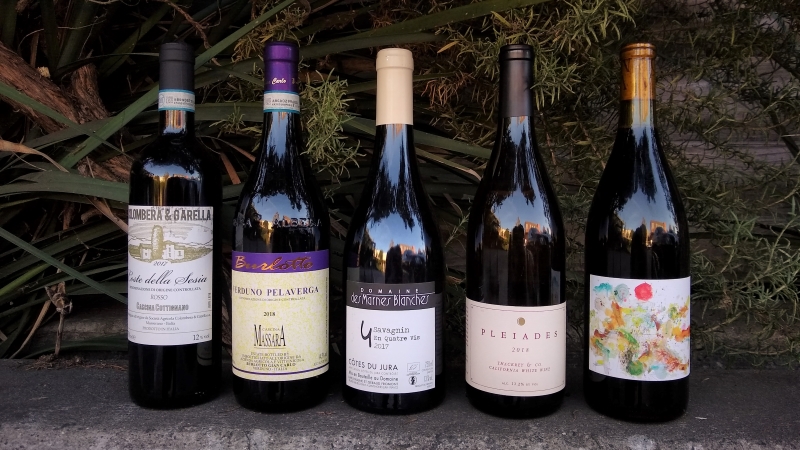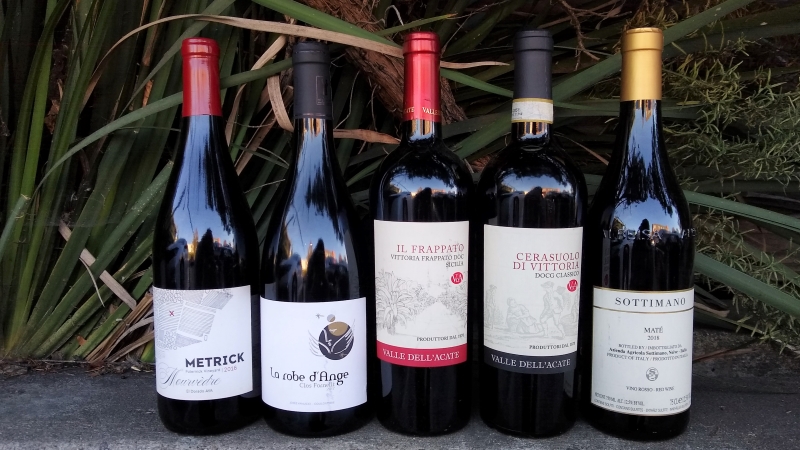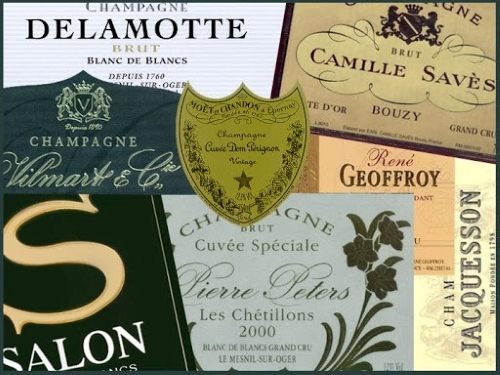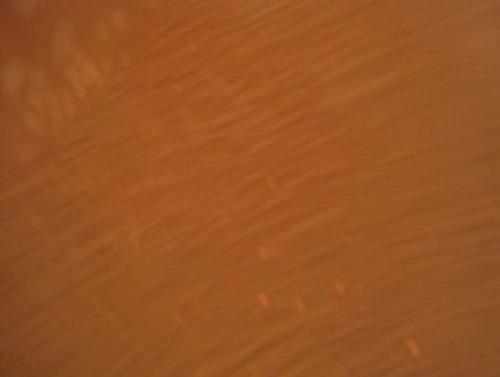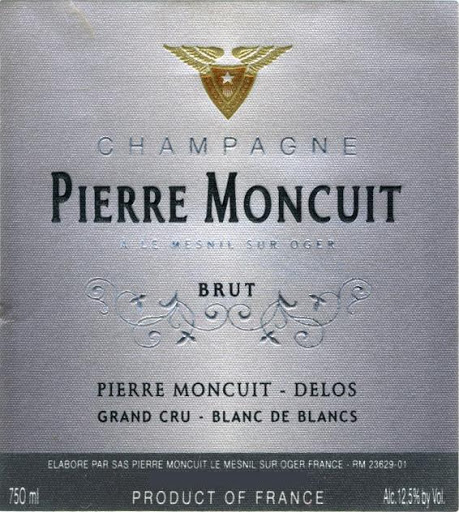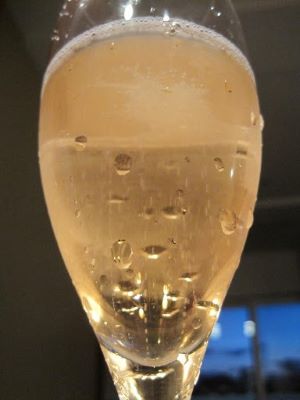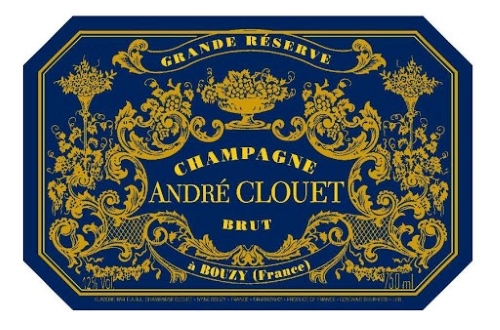When it comes to an ideal Thanksgiving wine list, most people turn to Burgundy or Beaujolais–and rightly so. Pinot noir and its distant cousin, gamay noir, produce lively, approachable, adaptable red wines with relatively supple tannins and brilliant acidity, making them supreme additions to the crowded holiday table.
And white Burgundy, made from chardonnay, presents a fine option, too. While New World chardonnay is often too plump and oaky to accompany a wide range of food, Burgundian versions (particularly Chablis) tend to be sleek, minerally, and graceful, but still boasting ample fruit and texture to find its place at the feast.
Yet, if you’d like to broaden your horizons and impress your holiday companions, the folks here at Paul Marcus Wines have got you covered. There are numerous other choices that would fit comfortably on a Thanksgiving table, and below are some of our staff’s most appealing picks.
Paradox in a Bottle
I immediately thought of the 2017 Colombera & Garella Coste della Sesia, a nebbiolo blend from the north of Italy. Every year, this wine surprises me with its ability to embody paradox; it achieves a seemingly impossible balance between rich fruit and taut acidity. Each sip reveals this happy duality, and the rippling acid makes you want another glass, or three.
Whether guests are vegetarian or carnivore, this medium-bodied red has the ability to provide a great drinking experience for everyone at the table–versatility is only one of its many virtues. There is enough fruit for the dark-meat lovers, but it also has the requisite vibrancy to please the pearl-onion lovers, and it will even make Uncle Bill–who always, and oddly, wears his yellow suit–smile.
A blend of 70 percent nebbiolo, 15 percent croatina, and 15 percent vespolina, it’s inexpensive at $24, so I’d get two, or seven, depending on how many (or who) you are serving. Happy holidays, y’all.
– Chad Arnold
That Pelaverga
A light, easy-drinking party wine that is by no means dilute, the 2018 Cascina Massara Burlotto Verduno Pelaverga tastes like strawberries and pepper, which would make it a good pairing with many Thanksgiving dishes. It’s also 14.5 percent ABV (for those of us who would like a little buzz during the holiday season).
And the locals of Piemonte say it’s an aphrodisiac.
– Layla Khabiri
Jurassic Spark
The 2017 Domaine des Marnes Blanches Savagnin En Quatre Vis, from the esteemed Jura region of eastern France, unravels some of my favorite aromas and textures embodied in a deep, golden hue. It offers lime blossom and a minty freshness buoyed by saline, nutty tones, and orchard fruit.
– Jason Seely
Domestic Dalliances
There are so many different flavors on the Thanksgiving table, from bitter cruciferous to sweet cranberry, that a mash-up of grapes from a master winemaker makes perfect sense. Sean Thackrey’s new La Pleïade II California White Blend hits a delicious balance between aromatic varietals like gewürztraminer and the more textural, such as grenache blanc. It has enough weight to hold its own against gravy, but not so much to provoke fatigue.
If you’re leaning toward red wine, it should be fresh–not weighted with oak aging–and deliver sweetness of fruit sufficient to announce itself, without being syrupy. The 2017 Vinca Minor Carignan, Jason Charles’ organically grown, old-vine carignan from Mendocino, is all that and even comes with hints of cranberry.
– David Gibson
Aromatic Transmission
Light, bright, and accessible, the 2016 Metrick Mourvèdre is a juicy complement to most any Thanksgiving dish. Notes of bright red cherries, a slight tartness, and amazing aromatics make this a perfect pairing for turkey, cranberry sauce, and stuffing.
– Hayden Dawkins
Corsican Charm
Made from 100 percent sciaccarellu, the 2017 Clos Fornelli La Robe d’Ange, a concrete-aged Corsican beauty, is nuanced and nimble, offering a bit of earth, a touch of spice, a thrust of red fruit, and just enough tannic clench to hold it all together. Thanks to warm days, cool nights, and mineral-rich soil, this indigenous grape offers elegance, focus, and, most important, flexibility. Pale in color and medium in body, it will sing with poultry; its wave of acidity will perk up any side dish you can think of.
– Marc Greilsamer
Song of Sicily
A bright, vibrant red with lovely fruit, spice, and floral notes, the 2018 Valle dell’Acate Frappato is an excellent alternative to deal with all of the various savory and sweet flavors at a Thanksgiving dinner. For something with a bit darker fruit and a smoother, richer feel, try their 2014 Cerasuolo di Vittoria, a blend of 40 percent frappato with 60 percent nero d’avola.
– Joel Mullennix
Finally, Why Not Brachetto?
Our friend, Barbaresco producer Andre Sottimano, makes an attractive dry brachetto, the 2018 Sottimano Maté. Grown primarily in Piemonte, the brachetto grape produces wines that are light in color, with flavors that lean toward spicy rose and strawberry. With its impressive lift, I think this wine will surprise you in how much fun it is to drink.
– Paul Marcus
Of course, if you’d rather stick to the classics, Paul Marcus Wines does offer a wide selection of Burgundy and Beaujolais. Look for wines from Burgundy bigwigs such as Pierre-Yves Colin-Morey, Marchand-Tawse, and Domaine de Montille, as well as Beaujolais stars like Alex Foillard and Yann Bertrand.
Happy holidays, and see you at the shop!

